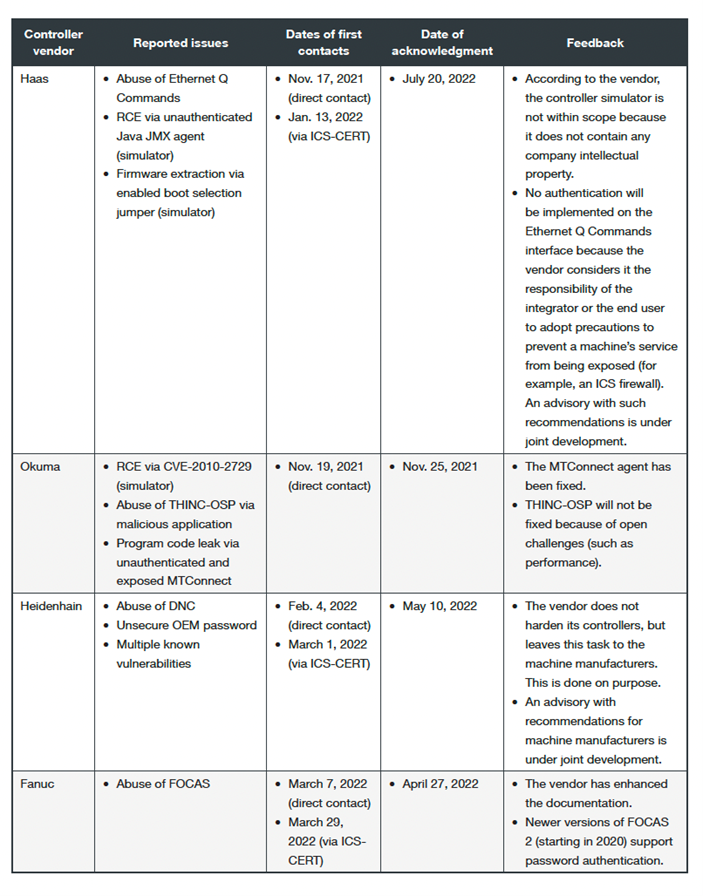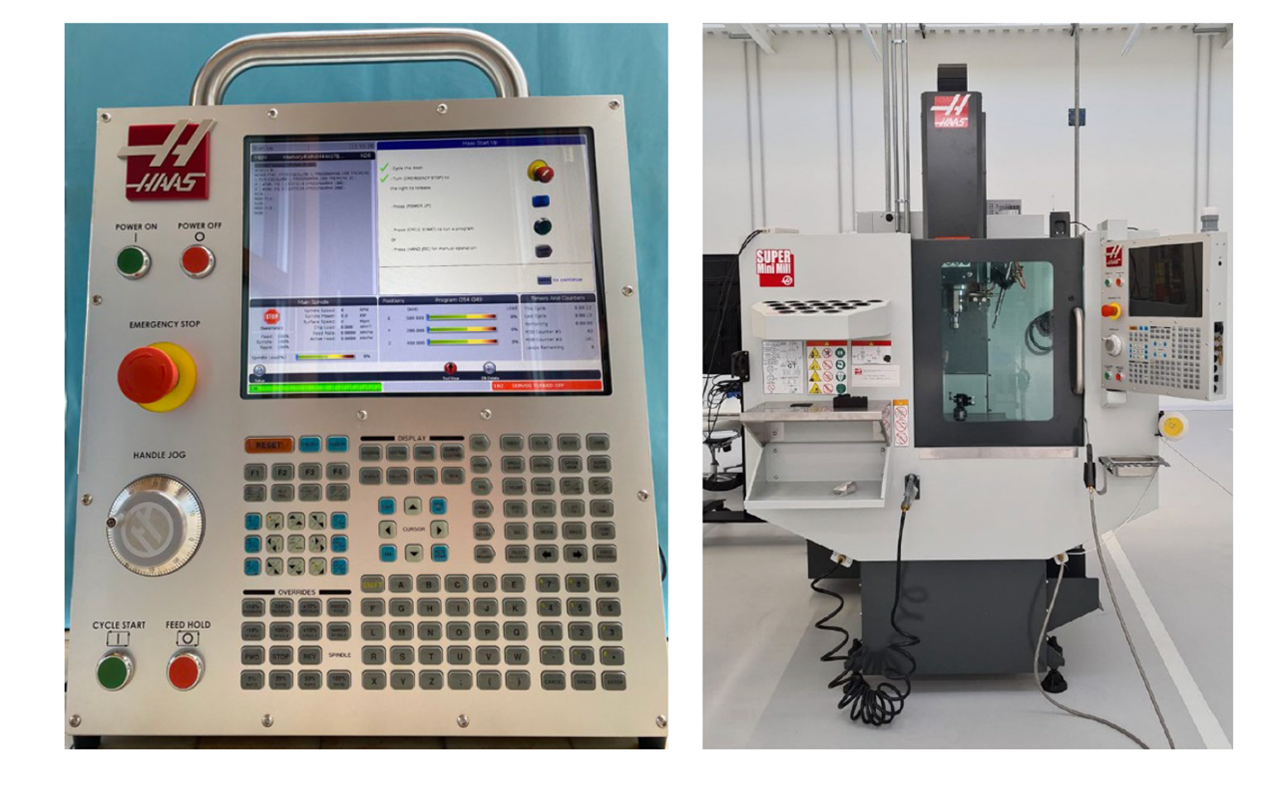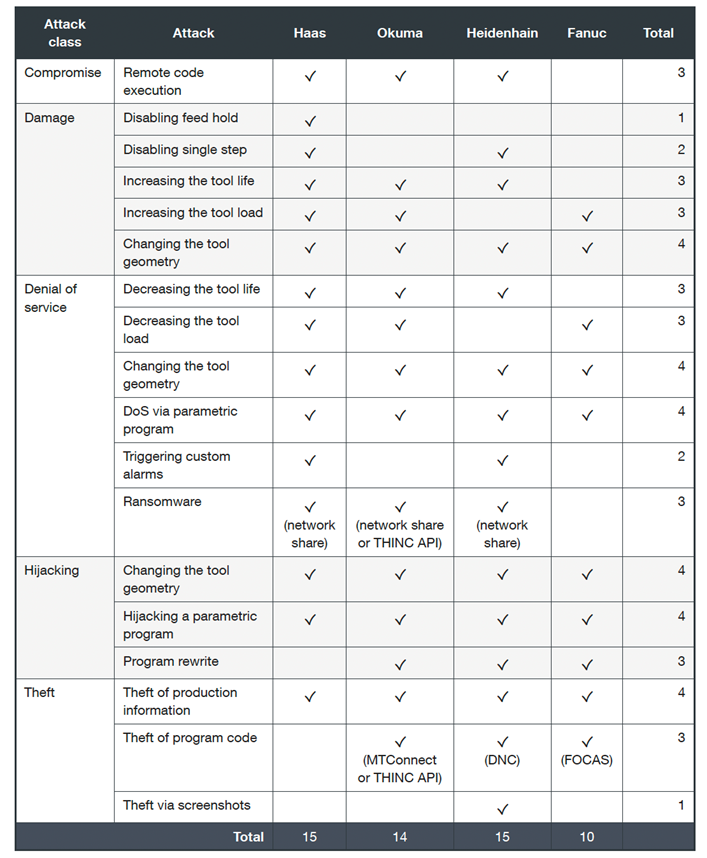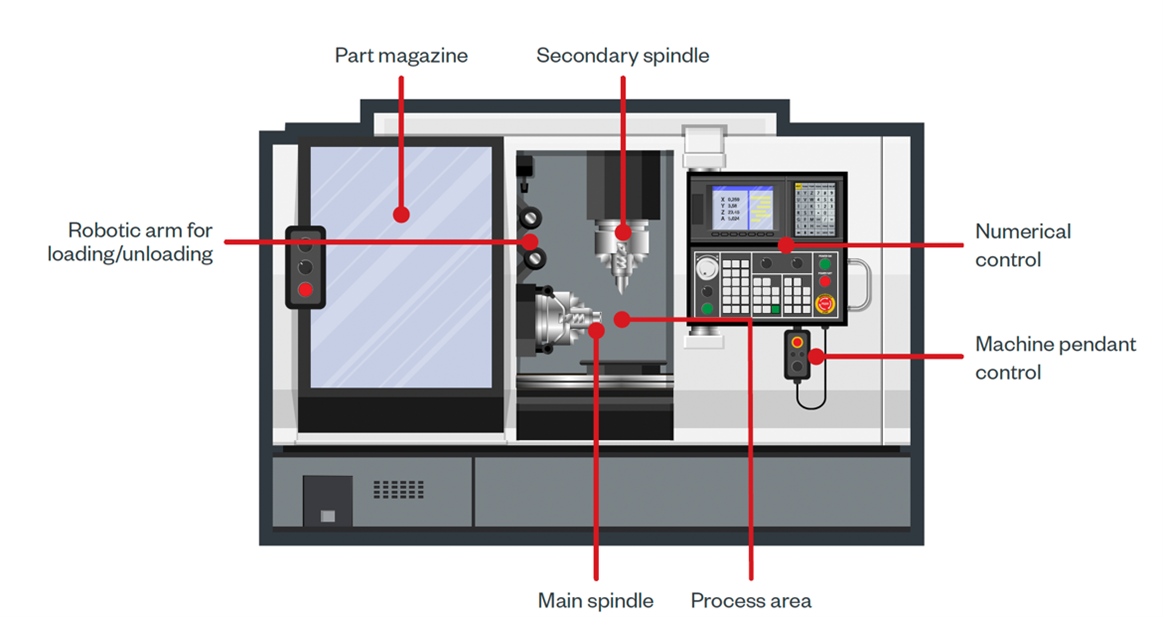Advisory ID: VMSA-2021-0002
CVSSv3 Range: 5.3-9.8
Issue Date: 2021-02-23
Updated On: 2021-02-23 (Initial Advisory)
CVE(s): CVE-2021-21972, CVE-2021-21973, CVE-2021-21974
Synopsis: VMware ESXi and vCenter Server updates address multiple security vulnerabilities (CVE-2021-21972, CVE-2021-21973, CVE-2021-21974)
1. Impacted Products
- VMware ESXi
- VMware vCenter Server (vCenter Server)
- VMware Cloud Foundation (Cloud Foundation)
2. Introduction
Multiple vulnerabilities in VMware ESXi and vSphere Client (HTML5) were privately reported to VMware. Updates are available to remediate these vulnerabilities in affected VMware products.
3a. VMware vCenter Server updates address remote code execution vulnerability in the vSphere Client (CVE-2021-21972)
Description
The vSphere Client (HTML5) contains a remote code execution vulnerability in a vCenter Server plugin. VMware has evaluated the severity of this issue to be in the Critical severity range with a maximum CVSSv3 base score of 9.8.
Known Attack Vectors
A malicious actor with network access to port 443 may exploit this issue to execute commands with unrestricted privileges on the underlying operating system that hosts vCenter Server.
Resolution
To remediate CVE-2021-21972 apply the updates listed in the ‘Fixed Version’ column of the ‘Response Matrix’ below to affected deployments.
Workarounds
Workarounds for CVE-2021-21972 have been listed in the ‘Workarounds’ column of the ‘Response Matrix’ below.
Additional Documentation
None.
Notes
The affected vCenter Server plugin for vROPs is available in all default installations. vROPs does not need be present to have this endpoint available. Follow the workarounds KB to disable it.
Acknowledgements
VMware would like to thank Mikhail Klyuchnikov of Positive Technologies for reporting this issue to us.
Response Matrix:
| Product | Version | Running On | CVE Identifier | CVSSv3 | Severity | Fixed Version | Workarounds | Additional Documentation |
| vCenter Server | 7.0 | Any | CVE-2021-21972 | 9.8 | Critical | 7.0 U1c | KB82374 | None |
| vCenter Server | 6.7 | Any | CVE-2021-21972 | 9.8 | Critical | 6.7 U3l | KB82374 | None |
| vCenter Server | 6.5 | Any | CVE-2021-21972 | 9.8 | Critical | 6.5 U3n | KB82374 | None |
Impacted Product Suites that Deploy Response Matrix 3a Components:
| Product | Version | Running On | CVE Identifier | CVSSv3 | Severity | Fixed Version | Workarounds | Additional Documentation |
| Cloud Foundation (vCenter Server) | 4.x | Any | CVE-2021-21972 | 9.8 | Critical | 4.2 | KB82374 | None |
| Cloud Foundation (vCenter Server) | 3.x | Any | CVE-2021-21972 | 9.8 | Critical | 3.10.1.2 | KB82374 | None |
3b. ESXi OpenSLP heap-overflow vulnerability (CVE-2021-21974)
Description
OpenSLP as used in ESXi has a heap-overflow vulnerability. VMware has evaluated the severity of this issue to be in the Important severity range with a maximum CVSSv3 base score of 8.8.
Known Attack Vectors
A malicious actor residing within the same network segment as ESXi who has access to port 427 may be able to trigger the heap-overflow issue in OpenSLP service resulting in remote code execution.
Resolution
To remediate CVE-2021-21974 apply the updates listed in the ‘Fixed Version’ column of the ‘Response Matrix’ below to affected deployments.
Workarounds
Workarounds for CVE-2021-21974 have been listed in the ‘Workarounds’ column of the ‘Response Matrix’ below.
Additional Documentation
None.
Notes
[1] Per the Security Configuration Guides for VMware vSphere, VMware now recommends disabling the OpenSLP service in ESXi if it is not used. For more information, see our blog posting: https://blogs.vmware.com/vsphere/2021/02/evolving-the-vmware-vsphere-security-configuration-guides.html
[2] KB82705 documents steps to consume ESXi hot patch asynchronously on top of latest VMware Cloud Foundation (VCF) supported ESXi build.
Acknowledgements
VMware would like to thank Lucas Leong (@_wmliang_) of Trend Micro’s Zero Day Initiative for reporting this issue to us.
Response Matrix:
| Product | Version | Running On | CVE Identifier | CVSSv3 | Severity | Fixed Version | Workarounds | Additional Documentation |
| [1] ESXi | 7.0 | Any | CVE-2021-21974 | 8.8 | Important | ESXi70U1c-17325551 | KB76372 | None |
| [1] ESXi | 6.7 | Any | CVE-2021-21974 | 8.8 | Important | ESXi670-202102401-SG | KB76372 | None |
| [1] ESXi | 6.5 | Any | CVE-2021-21974 | 8.8 | Important | ESXi650-202102101-SG | KB76372 | None |
Impacted Product Suites that Deploy Response Matrix 3b Components:
| Product | Version | Running On | CVE Identifier | CVSSv3 | Severity | Fixed Version | Workarounds | Additional Documentation |
| [1] Cloud Foundation (ESXi) | 4.x | Any | CVE-2021-21974 | 8.8 | Important | 4.2 | KB76372 | None |
| [1] Cloud Foundation (ESXi) | 3.x | Any | CVE-2021-21974 | 8.8 | Important | [2] KB82705 | KB76372 | None |
3c. VMware vCenter Server updates address SSRF vulnerability in the vSphere Client (CVE-2021-21973)
Description
The vSphere Client (HTML5) contains an SSRF (Server Side Request Forgery) vulnerability due to improper validation of URLs in a vCenter Server plugin. VMware has evaluated the severity of this issue to be in the Moderate severity range with a maximum CVSSv3 base score of 5.3.
Known Attack Vectors
A malicious actor with network access to port 443 may exploit this issue by sending a POST request to vCenter Server plugin leading to information disclosure.
Resolution
To remediate CVE-2021-21973 apply the updates listed in the ‘Fixed Version’ column of the ‘Response Matrix’ below to affected deployments.
Workarounds
Workarounds for CVE-2021-21973 have been listed in the ‘Workarounds’ column of the ‘Response Matrix’ below.
Additional Documentation
None.
Notes
The affected vCenter Server plugin for vROPs is available in all default installations. vROPs does not need be present to have this endpoint available. Follow the workarounds KB to disable it.
Acknowledgements
VMware would like to thank Mikhail Klyuchnikov of Positive Technologies for reporting this issue to us.
Response Matrix:
| Product | Version | Running On | CVE Identifier | CVSSv3 | Severity | Fixed Version | Workarounds | Additional Documentation |
| vCenter Server | 7.0 | Any | CVE-2021-21973 | 5.3 | Moderate | 7.0 U1c | KB82374 | None |
| vCenter Server | 6.7 | Any | CVE-2021-21973 | 5.3 | Moderate | 6.7 U3l | KB82374 | None |
| vCenter Server | 6.5 | Any | CVE-2021-21973 | 5.3 | Moderate | 6.5 U3n | KB82374 | None |
Impacted Product Suites that Deploy Response Matrix 3c Components:
| Product | Version | Running On | CVE Identifier | CVSSv3 | Severity | Fixed Version | Workarounds | Additional Documentation |
| Cloud Foundation (vCenter Server) | 4.x | Any | CVE-2021-21973 | 5.3 | Moderate | 4.2 | KB82374 | None |
| Cloud Foundation (vCenter Server) | 3.x | Any | CVE-2021-21973 | 5.3 | Moderate | 3.10.1.2 | KB82374 | None |
4. References
VMware ESXi 7.0 ESXi70U1c-17325551
https://my.vmware.com/group/vmware/patch
https://docs.vmware.com/en/VMware-vSphere/7.0/rn/vsphere-esxi-70u1c.html
VMware ESXi 6.7 ESXi670-202102401-SG
https://my.vmware.com/group/vmware/patch
https://docs.vmware.com/en/VMware-vSphere/6.7/rn/esxi670-202102001.html
VMware ESXi 6.5 ESXi650-202102101-SG
https://my.vmware.com/group/vmware/patch
https://docs.vmware.com/en/VMware-vSphere/6.5/rn/esxi650-202102001.html
VMware vCloud Foundation 4.2
Downloads and Documentation:
https://docs.vmware.com/en/VMware-Cloud-Foundation/4.2/rn/VMware-Cloud-Foundation-42-Release-Notes.html
VMware vCloud Foundation 3.10.1.2
Downloads and Documentation:
https://docs.vmware.com/en/VMware-Cloud-Foundation/3.10.1/rn/VMware-Cloud-Foundation-3101-Release-Notes.html
vCenter Server 7.0.1 Update 1
Downloads and Documentation:
https://my.vmware.com/web/vmware/downloads/details?downloadGroup=VC70U1C&productId=974
https://docs.vmware.com/en/VMware-vSphere/7.0/rn/vsphere-vcenter-server-70u1c-release-notes.html
vCenter Server 6.7 U3l
Downloads and Documentation:
https://my.vmware.com/web/vmware/downloads/details?downloadGroup=VC67U3L&productId=742&rPId=57171
https://docs.vmware.com/en/VMware-vSphere/6.7/rn/vsphere-vcenter-server-67u3l-release-notes.html
vCenter Server 6.5 U3n
Downloads and Documentation:
https://my.vmware.com/web/vmware/downloads/details?downloadGroup=VC65U3N&productId=614&rPId=60942
https://docs.vmware.com/en/VMware-vSphere/6.5/rn/vsphere-vcenter-server-65u3n-release-notes.html
Mitre CVE Dictionary Links:
https://cve.mitre.org/cgi-bin/cvename.cgi?name=CVE-2021-21972
https://cve.mitre.org/cgi-bin/cvename.cgi?name=CVE-2021-21973
https://cve.mitre.org/cgi-bin/cvename.cgi?name=CVE-2021-21974
FIRST CVSSv3 Calculator:
CVE-2021-21972: https://www.first.org/cvss/calculator/3.1#CVSS:3.1/AV:N/AC:L/PR:N/UI:N/S:U/C:H/I:H/A:H
CVE-2021-21973: https://www.first.org/cvss/calculator/3.1#CVSS:3.1/AV:N/AC:L/PR:N/UI:N/S:U/C:L/I:N/A:N
CVE-2021-21974: https://www.first.org/cvss/calculator/3.1#CVSS:3.1/AV:A/AC:L/PR:N/UI:N/S:U/C:H/I:H/A:H
5. Change Log
2021-02-23 VMSA-2021-0002
Initial security advisory.
6. Contact
E-mail list for product security notifications and announcements:
https://lists.vmware.com/cgi-bin/mailman/listinfo/security-announce
This Security Advisory is posted to the following lists:
security-announce@lists.vmware.com
E-mail: security@vmware.com
PGP key at:
VMware Security Advisories
https://www.vmware.com/security/advisories
VMware Security Response Policy
https://www.vmware.com/support/policies/security_response.html
VMware Lifecycle Support Phases
https://www.vmware.com/support/policies/lifecycle.html
VMware Security & Compliance Blog
https://blogs.vmware.com/security
Source :
https://www.vmware.com/security/advisories/VMSA-2021-0002.html




































